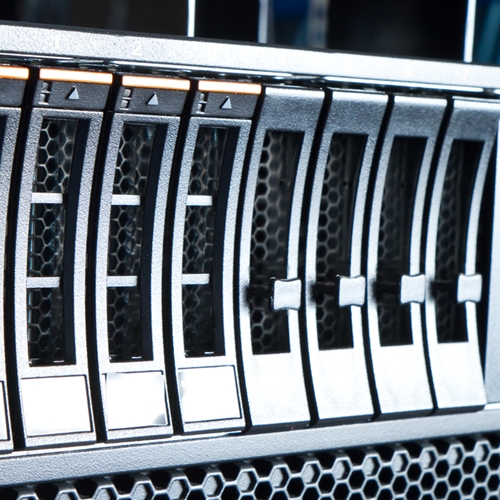Google revealed some of the details on the functioning of its major data centers this week. The Internet search provider is a well-known leader in data center design due to the sheer amount of information it must sift through in order to power its services.
Google's designers follow three principles when designing data center networks. They employ a Clos topology, centralized software stacks to manage switches, and builds its own software and hardware.
The latest configuration of Google's network architecture is known as Jupiter, which has over 100 times the capacity of Google's first in-house network technology. This is the organizations' fifth generation of data center network architecture, and it processes one petabit of data per second thanks to its continual improvement by experts data scientists.
Of course, Google is able to afford the expertise and costs of developing custom architecture and systems. There are few other organizations that could perform the heavy lifting that the Internet giant does when it rolls out new centers. Thankfully, Google is fairly open about sharing its design breakthroughs. Its data center network is open to others through the Google Cloud Platform, and its SPDY protocol eventually became part of the new HTTP/2 standard for Internet traffic.
Brought to you by WiredRE, the nation's leading cloud, colocation, and data center advisory firm.




